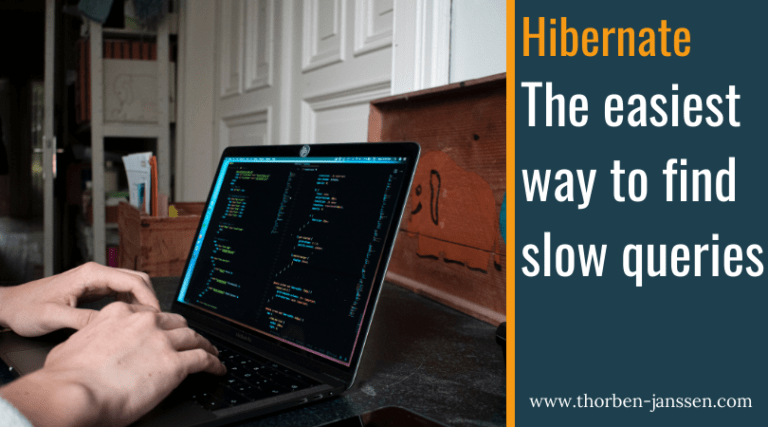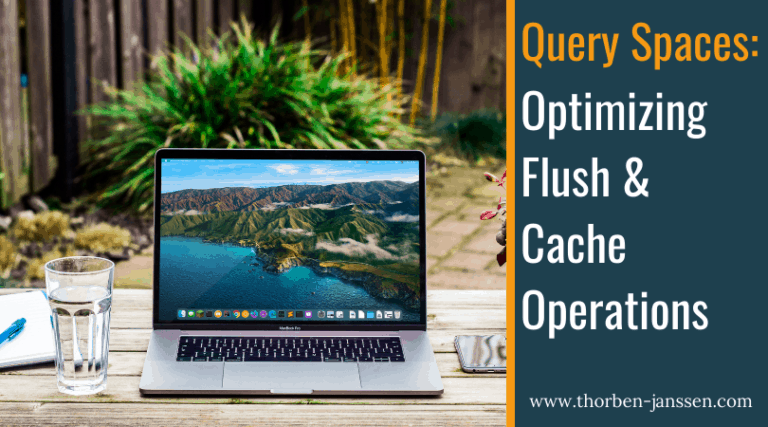Hibernate Slow Query Log – The easiest way to find slow queries
One of the common questions when analyzing a slow application is if there are any slow database queries. You can, of course, monitor these queries on your database. But then you still need to match them with a part of your Java code. And because there is no easy way to see what happened immediately…





